Begijnhof, 8000 Brugge, Belgium
- Transmission 7-Speed Automatic
- |
- Drive Rear Wheel Drive
- |
- Mileage n/a
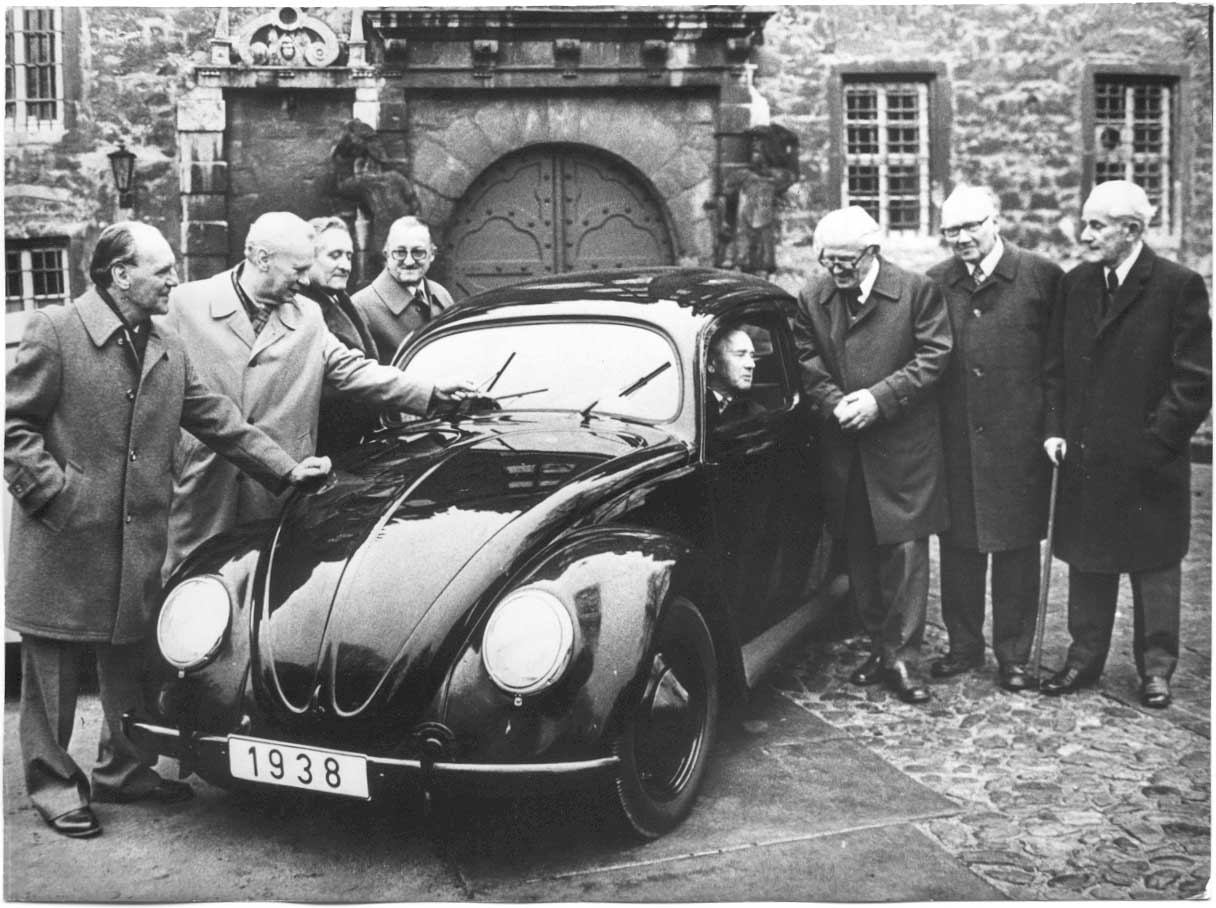
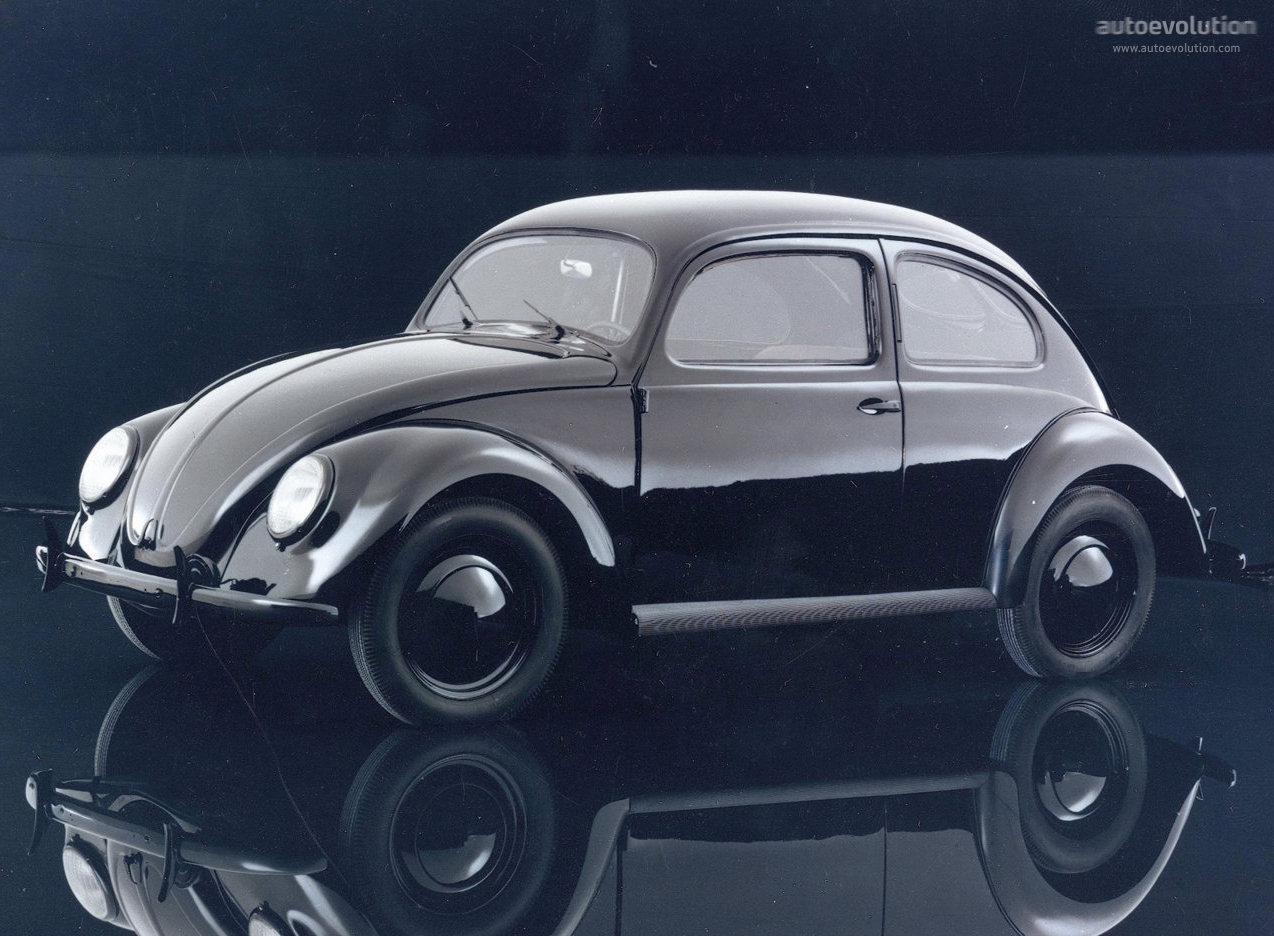
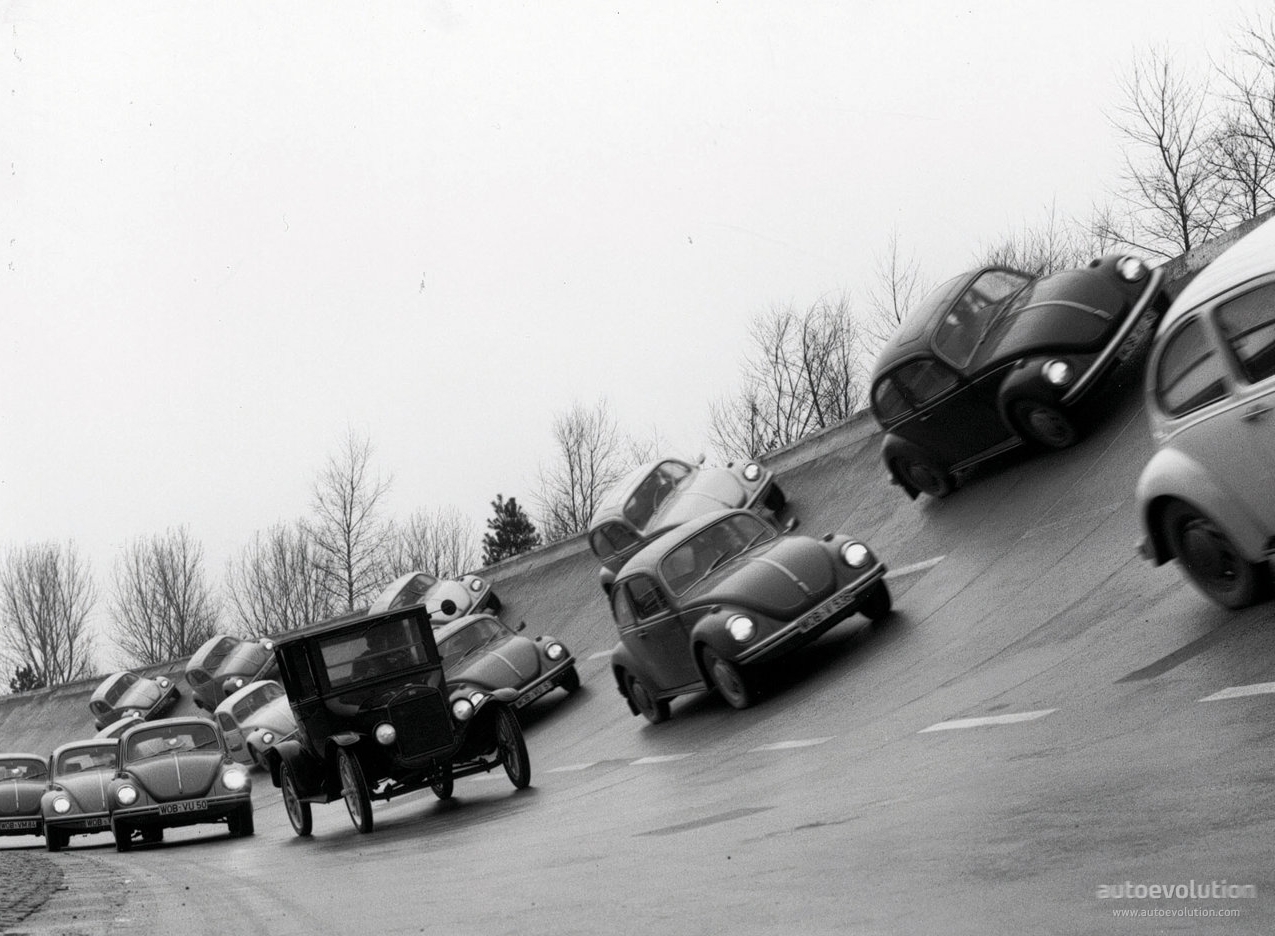
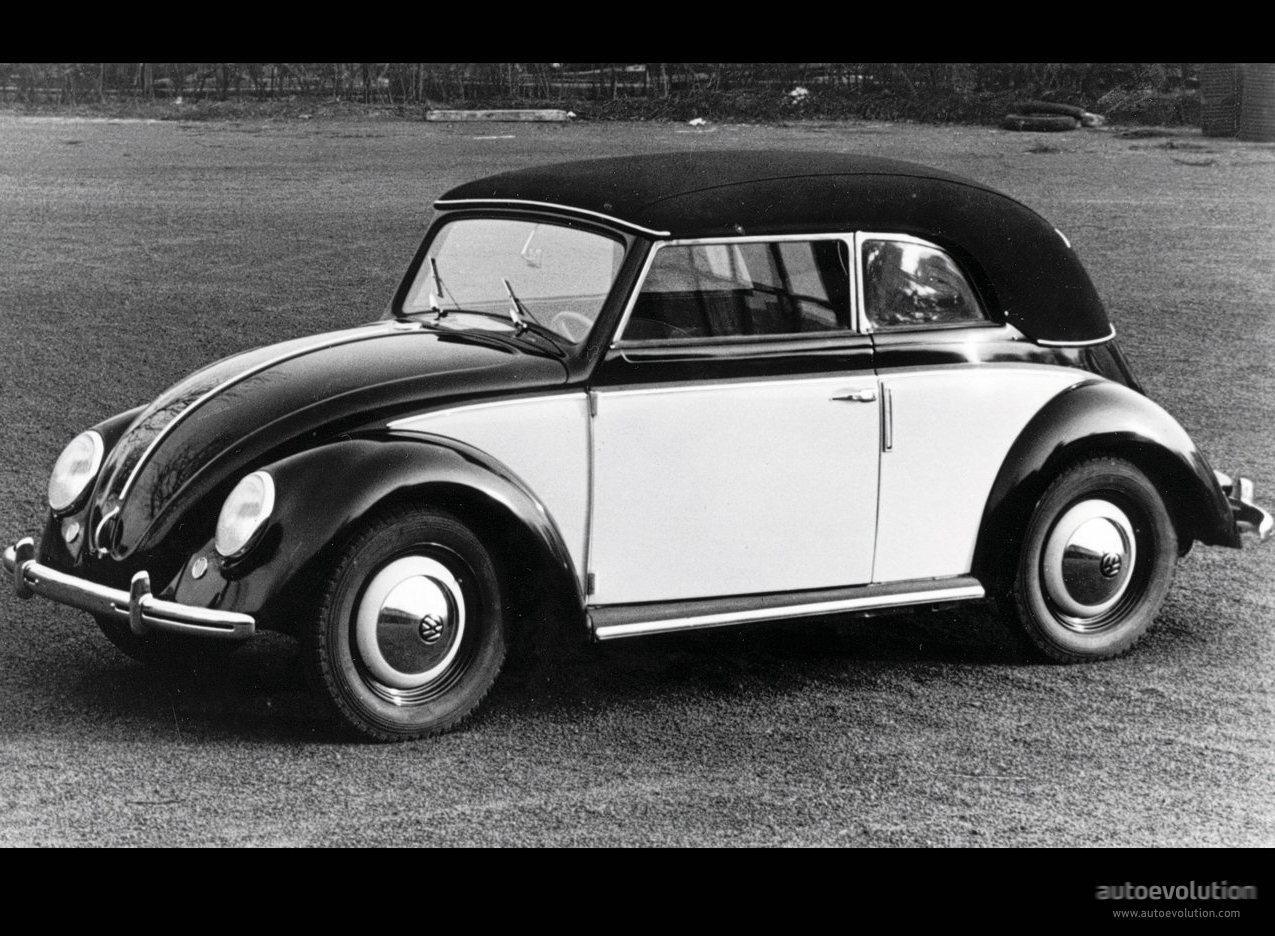
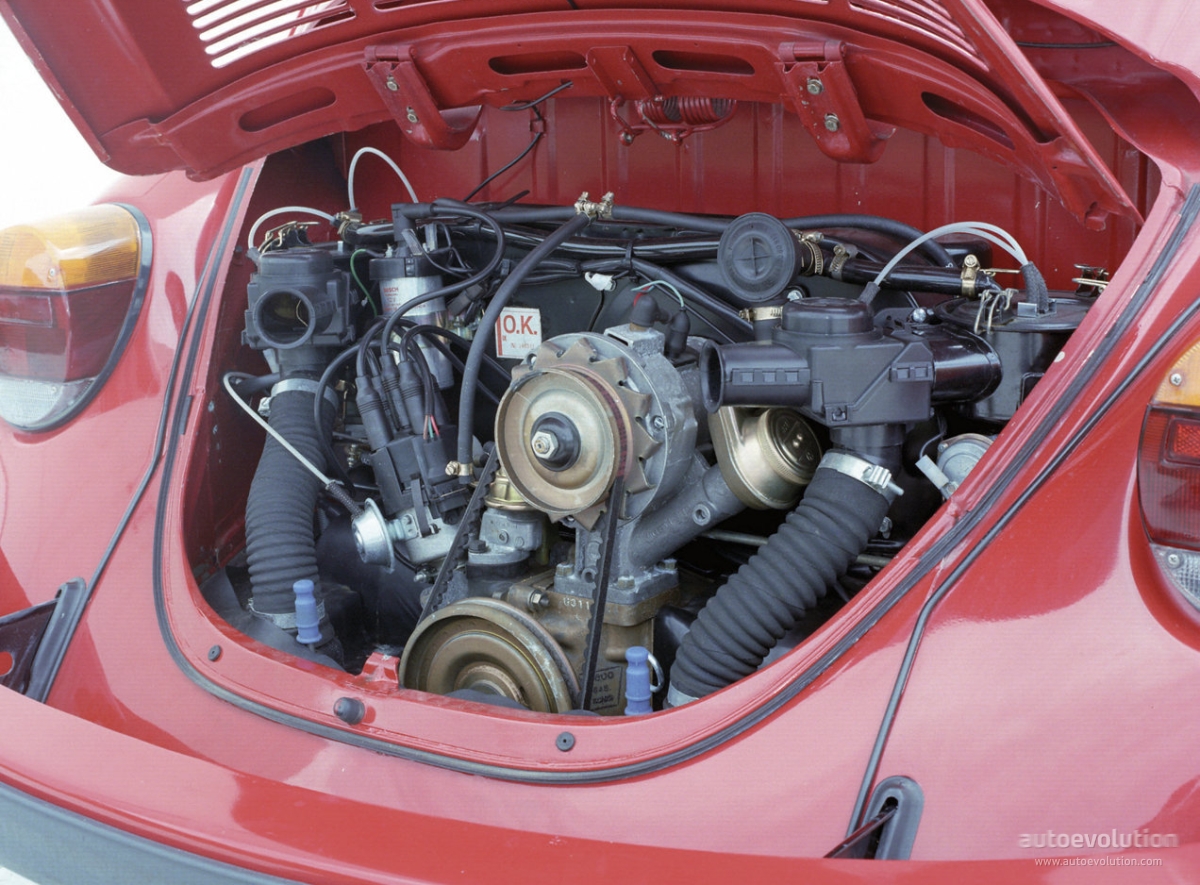
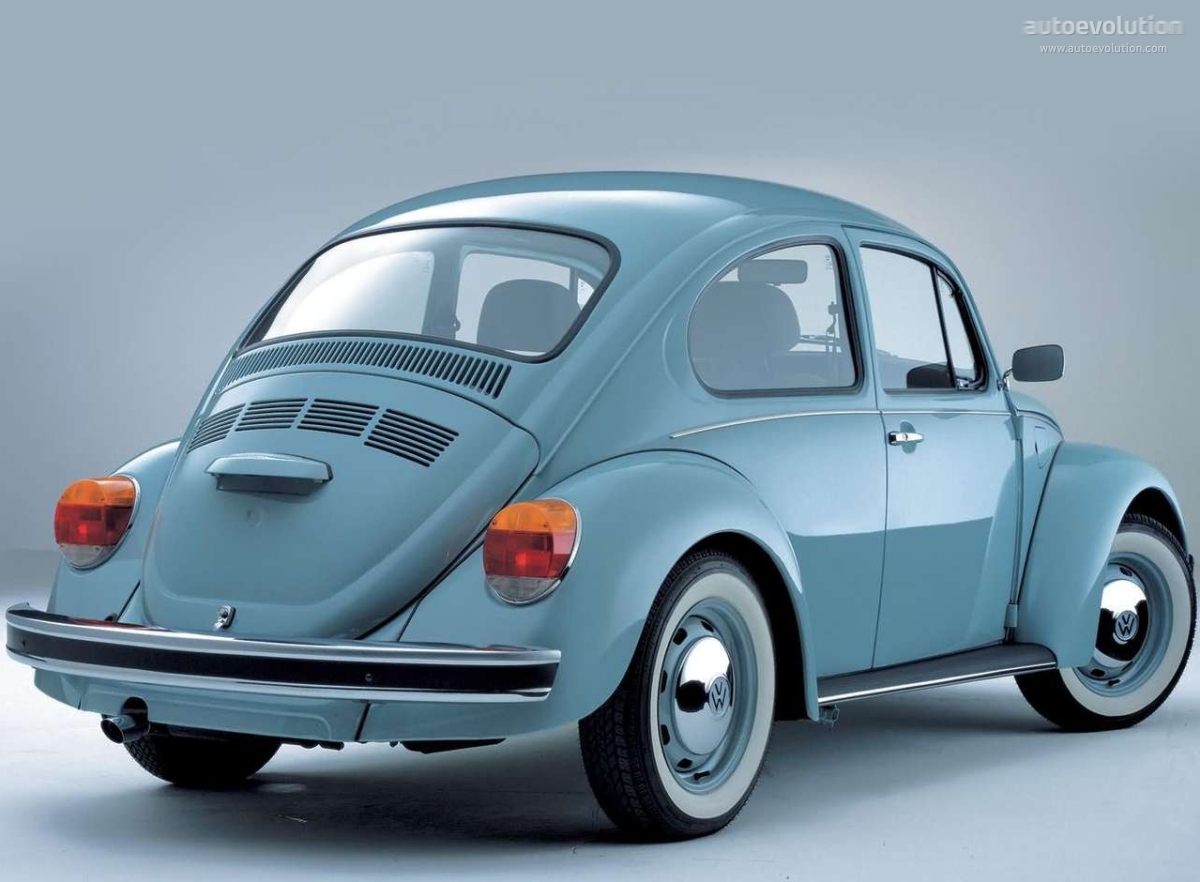

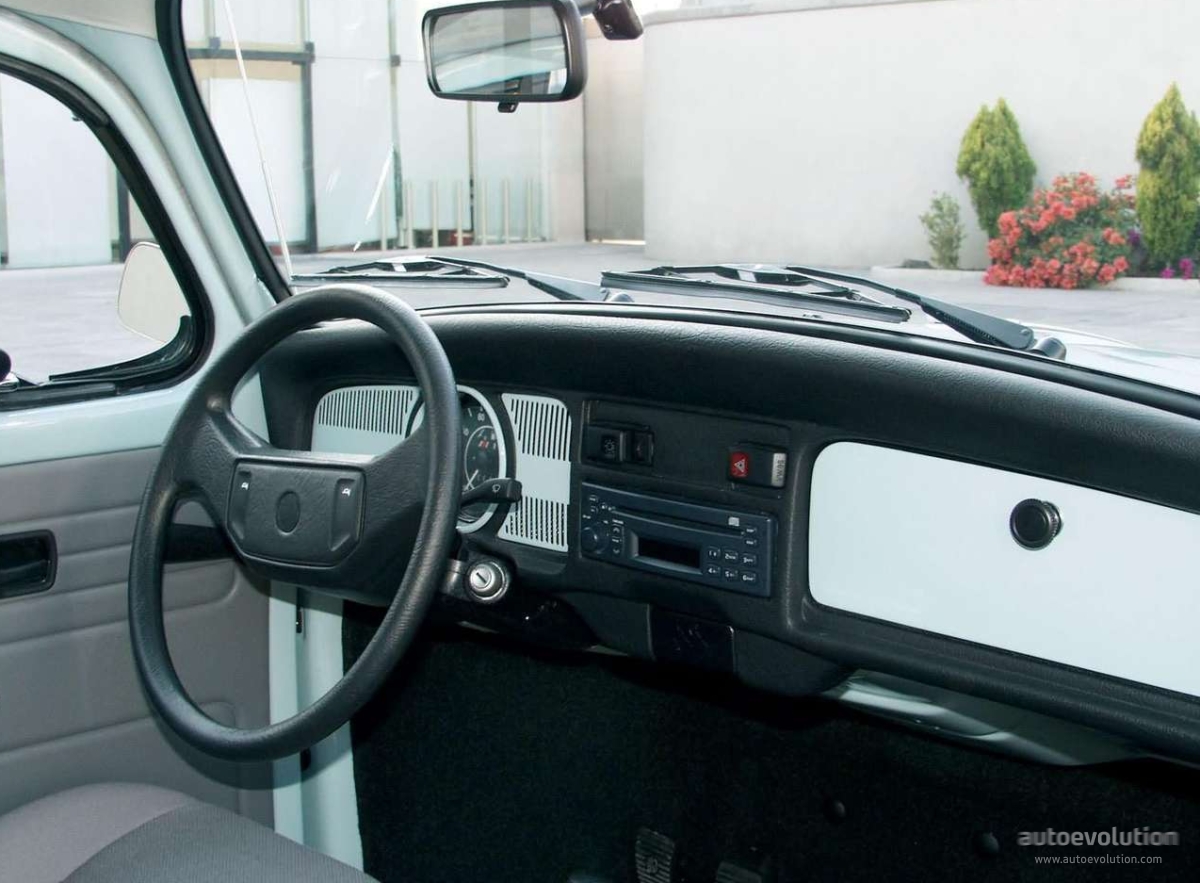
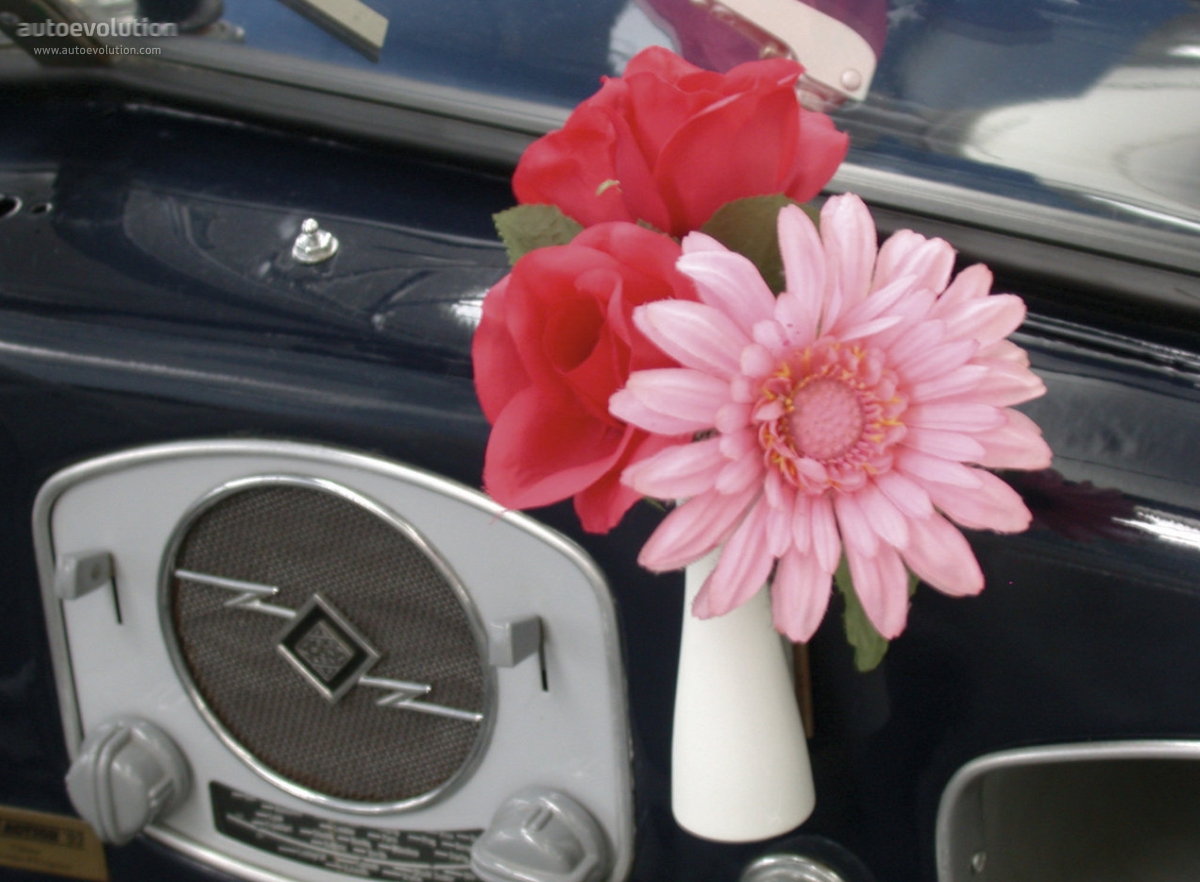
The Beetle received the title of the “Car of the Century” after it was produced in more than 20 million units, and it marked…
The Beetle received the title of the “Car of the Century” after it was produced in more than 20 million units, and it marked the birth of the Volkswagen brand after WWII.
With its intriguing origin, the Beetle is deemed one of the most influential cars of the nineteenth century. It was designed by Ferdinand Porsche, ordered by Adolf Hitler, produced in a factory destroyed by the war, and brought back to life by a British Army officer named Ivan Hirst. At the same time, the car founded the base for the Volkswagen T1, which later became the Transporter and led to the creation of the commercial vehicle department of the German automaker. The car was unveiled at the 1939 Berlin Motor Show and was seen there by Colonel Michael McEvoy from the British Army. After the war, he went to Wolfsburg, where Ivan Hirst was stationed. He was in charge of saving the factory and re-establishing the assembly lines. At the same time, the British Army needed some sort of personal transportation, and the Beetle (or Kaffer in German) seemed to be the best idea. Soon, McEvoy ordered 20,000 units, which doubled in a couple of months. That’s how the Beetle not only saved the factory but also helped Germany recover after the war and paved the way for the global car manufacturer that Volkswagen became.
Ferdinand Porsche made the first sketches of the car in the early ’30s. He envisioned a streamlined shape with a narrow front fascia. The first product based on those sketches was the Porsche Typ 12 from 1932. In the following year, he made the Typ 32 for the German automaker NSU, which featured tiny round headlights mounted on the arched front fenders. In 1933, Adolf Hitler came to power in Germany, and he asked for a people’s car (Volkswagen in German), inviting Ferdinand Porsche to a discussion. Hitler liked Porsche’s ideas and ordered the construction of a factory. The project received the name Typ 60, and Ferdinand Porsche signed the contract in the summer of 1934. After some extensive testing, the car was finally approved for production by the German Carmaker’s Association in 1936. Since the factory wasn’t ready to start production, Hitler ordered Daimler-Benz to make 30 prototypes for further testing, and the results were excellent. Soon, the factory was ready, and by the end of 1938, almost 170,000 cars were made. Later, Volkswagen opened other plants to produce the Beetle.
After the war, production resumed in March 1946 at a rate of 1,000 units a month. The new model was based on the original one designed by Ferdinand Porsche but adapted to the new conditions. The original shape, with a rounded and short nose. It was followed by a greenhouse featuring a flat windshield, and a curved roofline sloped down to the end of the vehicle. In the back, below the split rear window, the automaker put the engine compartment. The indicators were some short orange arms that extended from the B-pillars to show the turning direction, and they were visible from the front and from the rear. At the back, the automaker placed tiny taillights mounted on the valanced rear fenders. Unlike Porsche’s original design, the quarter panels didn’t cover the rear wheels. By 1949, the car received a single-piece rear windshield instead of the split one. Furthermore, a set of electric turn signal lamps was added to the vehicle.
The cabin was designed to fit two adults and three children in the back. Its front seats could tumble forward and were covered with fabric. Initially, the Beetle had the speedometer placed in the middle of the flat and vertical dashboard. Later, the automaker moved it in front of the driver, and it integrated the fuel level gauge. In addition, there were a few warning lights. Due to the curved and sloped-down roofline, headroom for those seated in the back was limited, and legroom was adequate mostly for average-sized passengers.
Ferdinand Porsche was obsessed with air-cooled engines mounted at the back of the vehicle. Before designing the Beetle, he also used this idea to create other cars, including a few for Mercedes-Benz. As a result, the tiny little car produced in Wolfsburg came on the market with a one-liter, flat-four air-cooled powerplant. Later, the car manufacturer increased the displacement to 1.2 liters and then to 1.3 liters. Further developments led to a 1.6-liter unit fed by a fuel-injection system that replaced the old carburetor and provided more power to the vehicle. Another significant technological advantage of the Beetle was the torsion-beam suspension, which ensured the car’s excellent handling among the vehicles from its era. However, by 2003, the Beetle became obsolete. As a result, on June 30, 2003, the final Beetle from the original version left the assembly lines in Pueblo, Mexico.
Begijnhof, 8000 Brugge, Belgium
Begijnhof, 8000 Brugge, Belgium
Begijnhof, 8000 Brugge, Belgium
Begijnhof, 8000 Brugge, Belgium
Begijnhof, 8000 Brugge, Belgium
Begijnhof, 8000 Brugge, Belgium
Begijnhof, 8000 Brugge, Belgium
Begijnhof, 8000 Brugge, Belgium
Begijnhof, 8000 Brugge, Belgium
Begijnhof, 8000 Brugge, Belgium
Offer an price, more info or anything you want
Consumer reviews